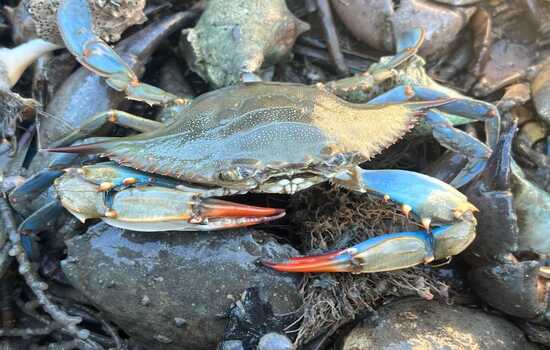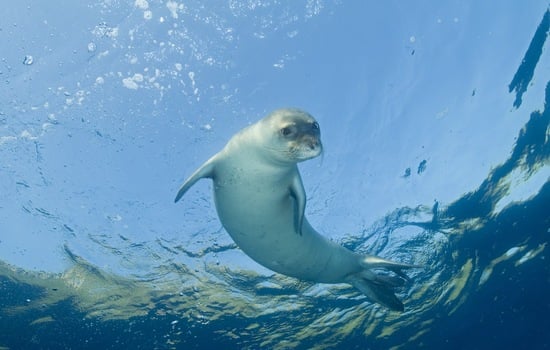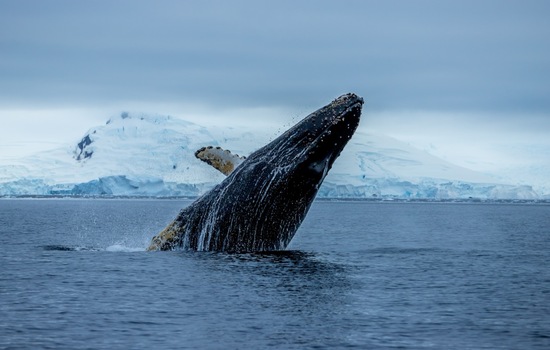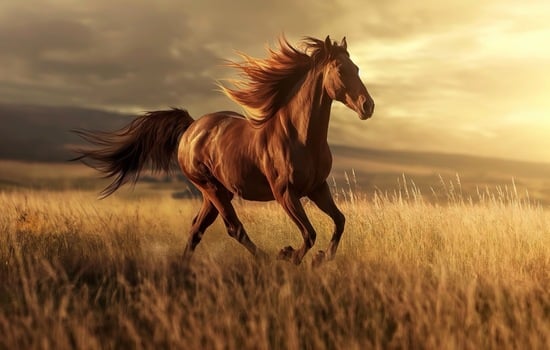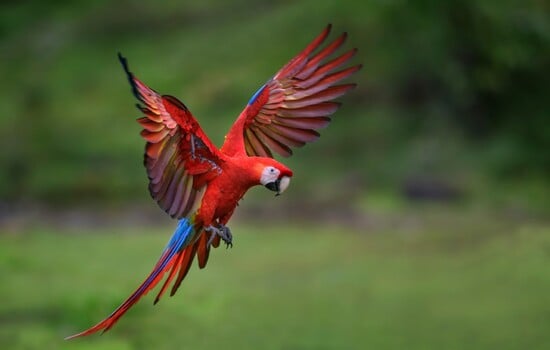
Axolotls look like they are permanently smiling, but their world is far more surprising than that expression suggests. This true or false gauntlet puts your assumptions about these legendary amphibians to the test. From ancient Aztec canals to modern genetics labs, axolotls have fascinated warriors, priests, and scientists alike. Some facts sound made up, while some myths feel completely believable, so your challenge is to separate reality from rumor. Expect questions about regeneration, color morphs, wild habitats, and even their role in space research. Each statement comes wrapped in four possible answers, but only one is actually correct. Trust your instincts, question everything, and see whether you think more like a curious biologist or a casual aquarium browser. By the end, you might never look at that feathery-gilled smile the same way again. Reference ID: 6582

Axolotls have been used as model organisms in scientific research, including studies on tissue regeneration and gene editing.

Axolotls are strict vegetarians that primarily graze on aquatic plants and algae in their habitat.
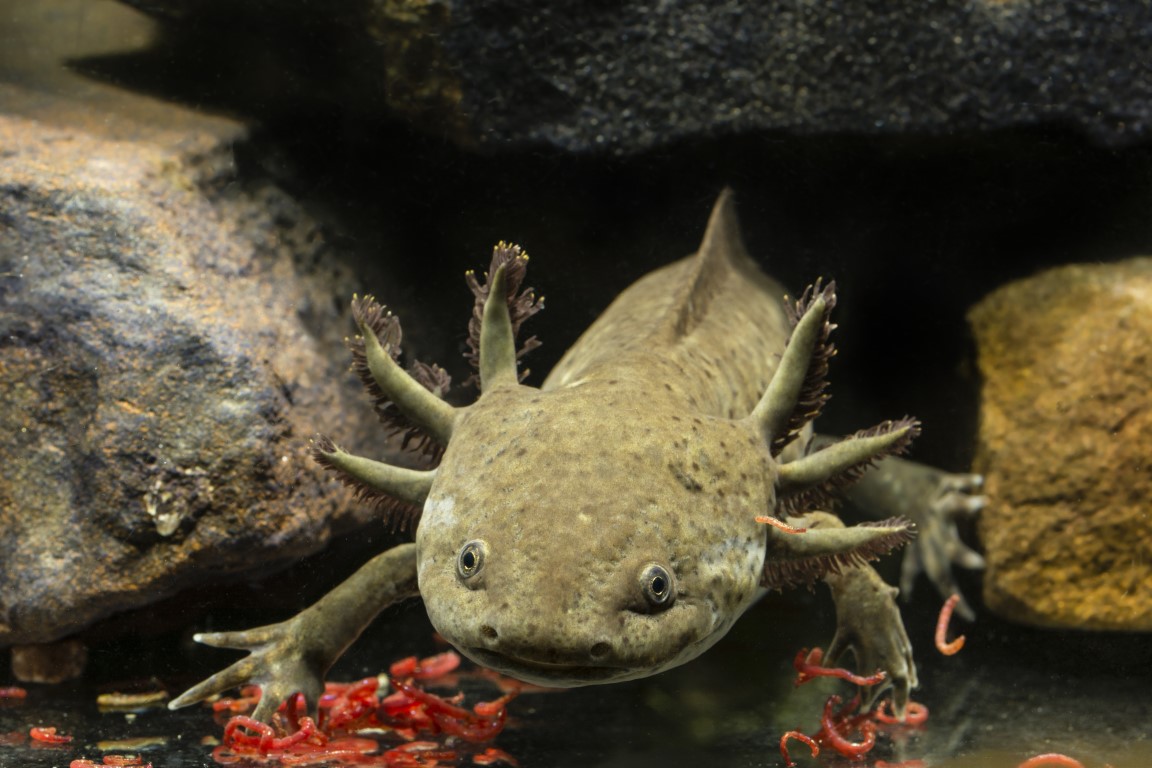
Axolotls are a type of neotenic salamander that usually remain in their aquatic larval form for their entire lives.
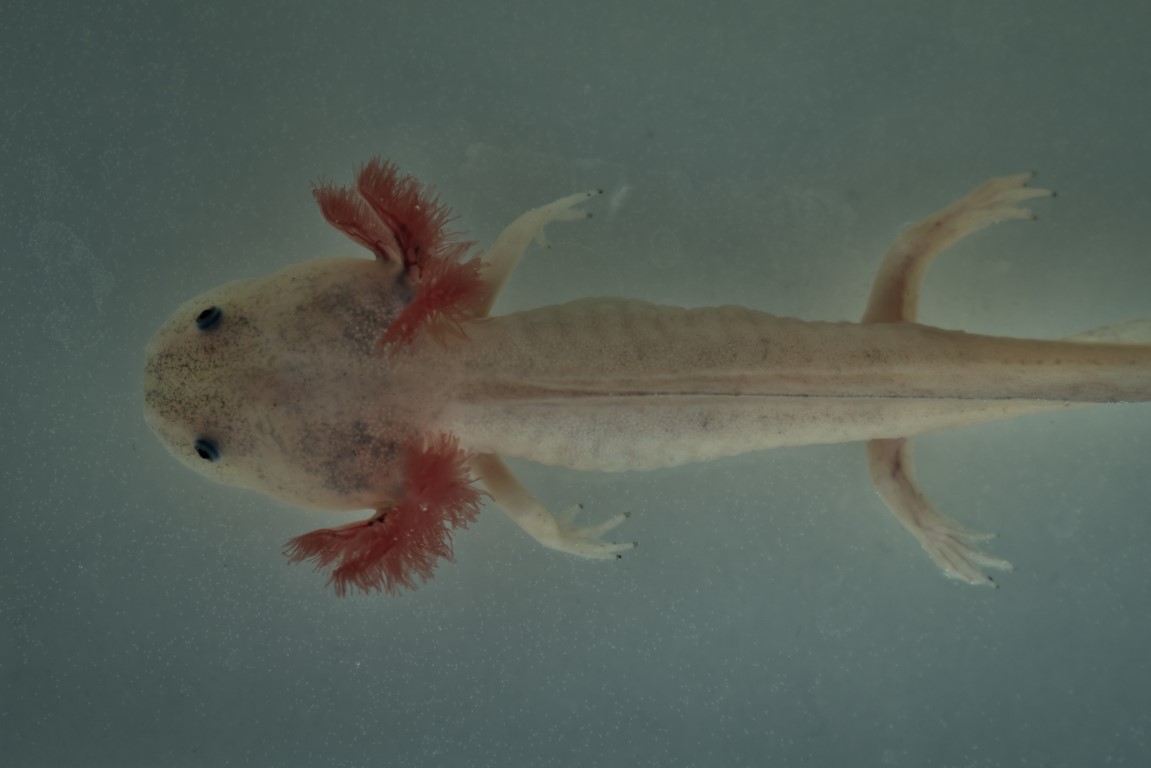
The axolotl’s scientific name, Ambystoma mexicanum, reflects its origin in Mexico.
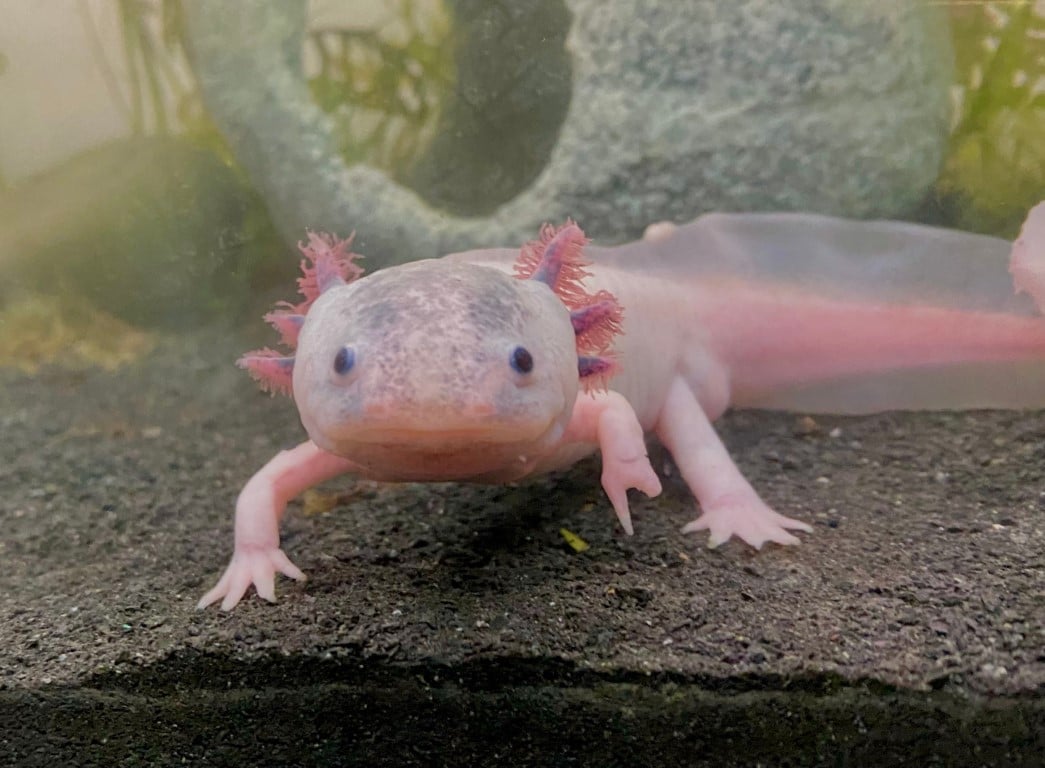
In Aztec mythology, the axolotl was associated with a god who transformed to escape sacrifice.
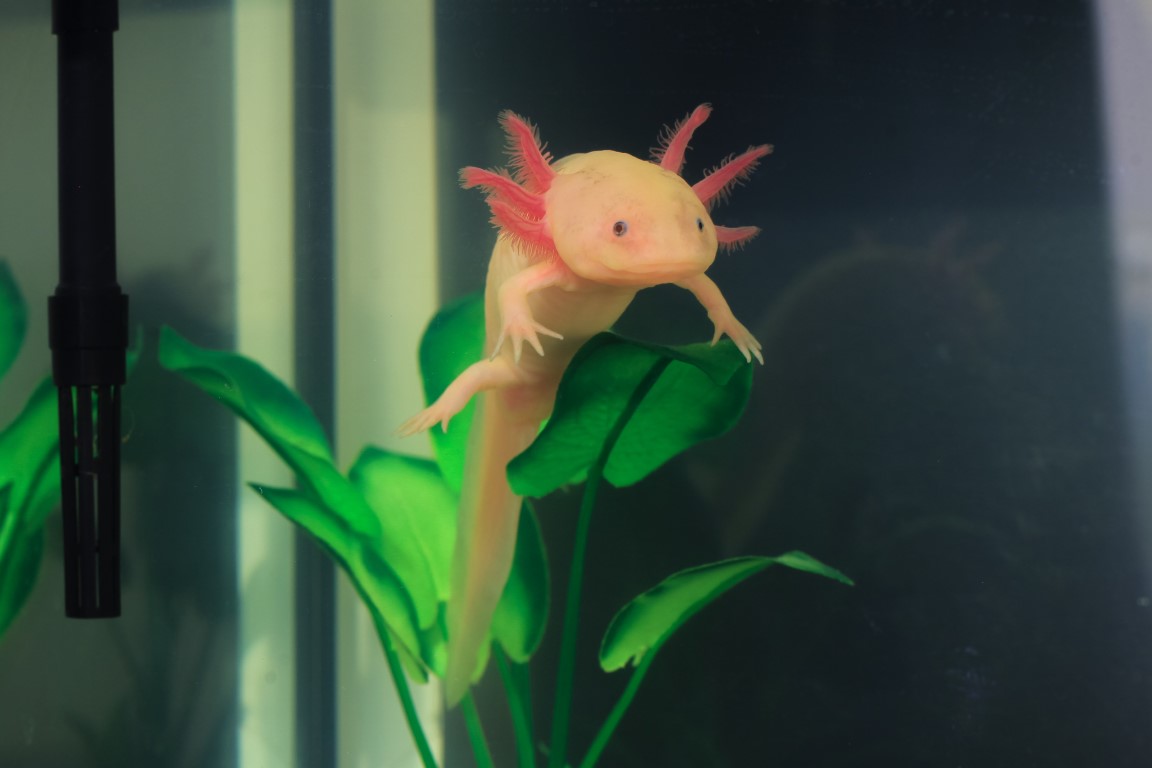
Wild axolotls are naturally found in large numbers across many lakes and rivers throughout Mexico.

Axolotls breathe using only their feathery external gills and cannot use lungs or skin for respiration.

Axolotls can regenerate entire limbs, including bones, muscles, and nerves, multiple times over their lives.
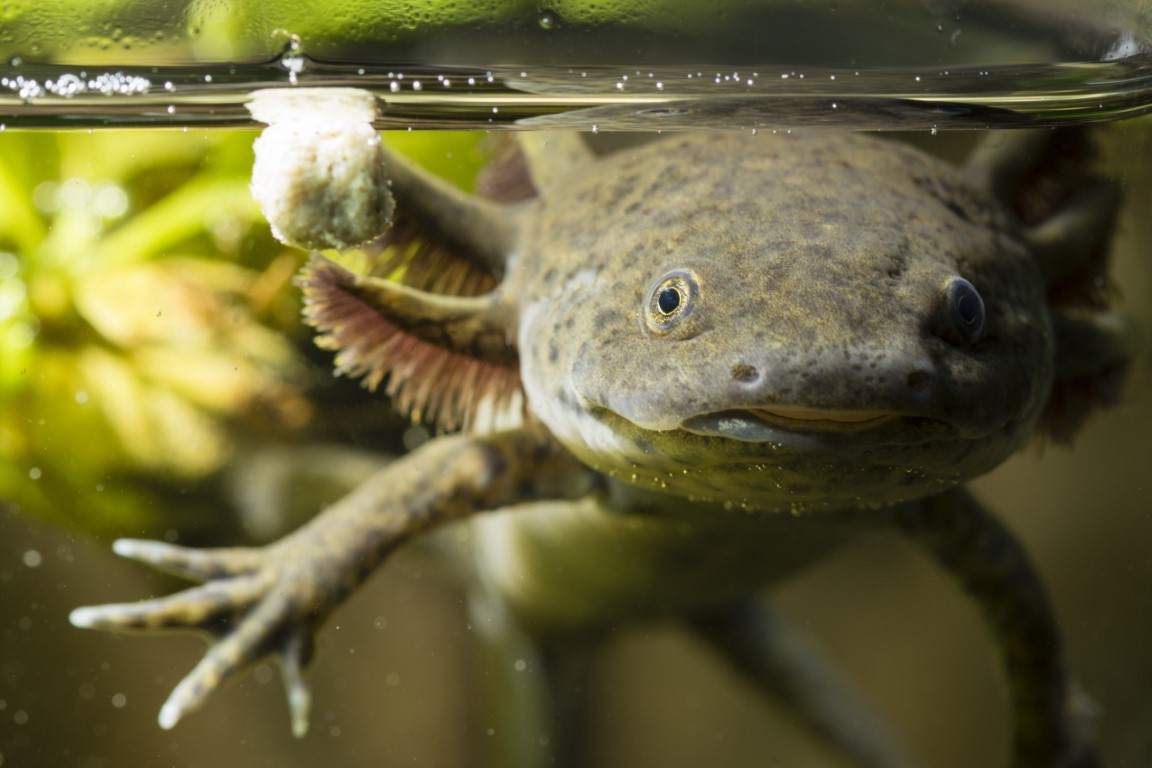
Captive axolotls commonly live only 1–2 years due to their fragile bodies and weak immune systems.

